Why Does It Hail in the Summer?
Updated July 8 2020, 11:32 a.m. ET
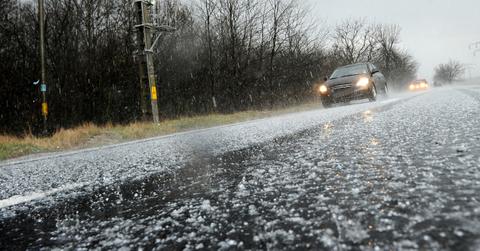
Mother Nature does what Mother Nature wants and in many scenarios, we can’t predict it. Especially with global warming causing extreme weather events, it is important to understand what weather is considered normal and what is considered out of the ordinary. But you don’t have to be a meteorologist to take note of some of the more obvious things about weather. Chances are you’ve noticed: Hail mostly happens in the summertime. But why?
Hail is a solid precipitation that is a hybrid between rain and snow, sometimes referred to as “frozen rain pellets.” According to The National Severe Storms Laboratory (NSSL), the definition of “hail” is “a form of precipitation consisting of solid ice that forms inside thunderstorm updrafts.”
When it hails, it is because raindrops have developed inside a cumulonimbus cloud. Inside the cloud — which are generally indicators that a storm is coming — water vapor comes in, transforming rain droplets into crystals of ice. These droplets get bigger as more freeze, and eventually they become so big, they have to fall.
But why do such hailstorms happen more often in the summer? Keep reading to find out why it hails in the summer more than any other season.
Why does it hail in the summer?

Why does it hail when it’s hot? In part, it has to do with the type of cloud and the atmosphere, according to AccuWeather. Though most people almost exclusively want to know why it hails in the summer, AccuWeather said that thunderstorms accompanied by bits of hail are actually most frequent in the spring, summer, and fall months.
According to AccuWeather, “Hailstorms form in cumulonimbus clouds, giant clouds that often cause storms. Cumulonimbus clouds [seen in the photo above] are often present in summer storms. As these clouds rise high into the colder parts of the atmosphere, the water vapor inside them turns to ice crystals.”
When the weight of these ice crystals is too much for the cloud to hold, they fall to Earth and we experience a hailstorm.
It can hail more frequently in summer because that is typically when we see the formation of more cumulonimbus clouds. Since these clouds are more likely to form in moist atmospheres, both the moist atmosphere and development of cumulonimbus clouds can lead to more hailstorms.
Why are large hailstones more common in summer?
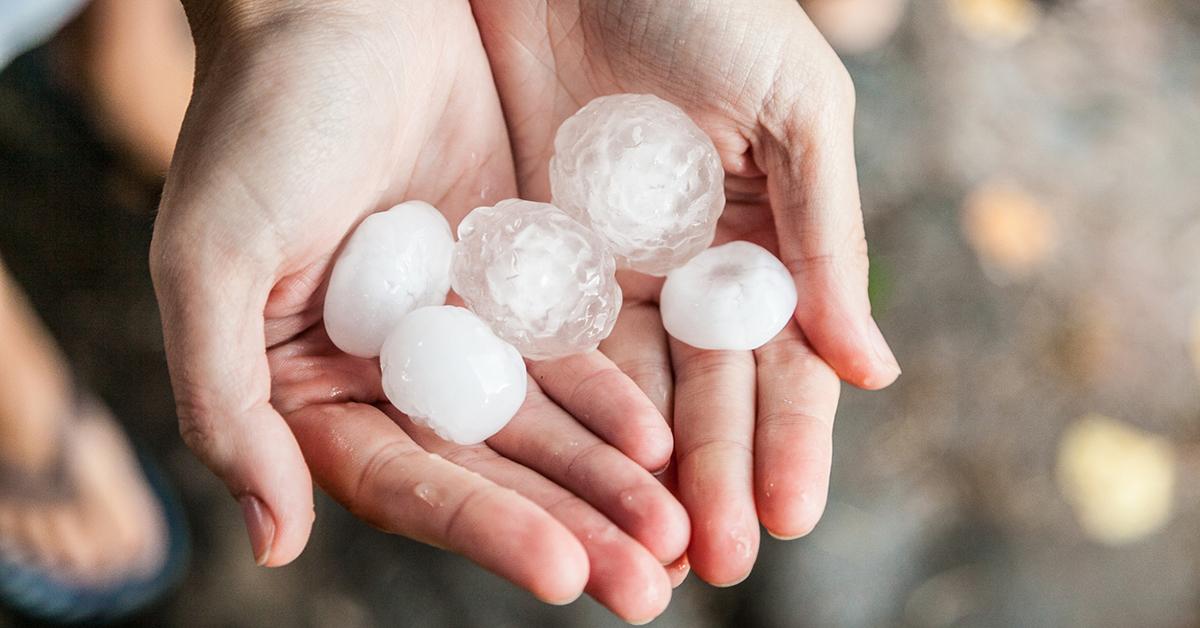
Even though you’d expect to see the pellets of ice in the cooler winter months, hail is apparently more common in spring, summer, and fall, as the months in each of these seasons typically have moist air conditions and, therefore, lend themselves to the development of cumulonimbus clouds.
According to AccuWeather, the size of an individual hailstone is directly linked to a thunderstorm’s strength. The more powerful a storm, the longer the hail has been inside the cumulonimbus cloud, getting bigger and bigger.
“The stronger the updraft, the larger the hailstones are possible,” AccuWeather meteorologist Brett Rathbun said.
A stronger updraft gives hailstones plenty of time to get bigger as it allows the hailstones to go around several cycles inside a cloud. Each go-round, the hailstones gather another layer of ice, adding to their weight and diameter. While hailstones can be as comparable in size to a pea, they have also been recorded as big as a softball.
A hailstone larger than 1-inch in diameter is considered “severe,” and therefore, part of a severe thunderstorm. According to AccuWeather, the largest hailstone measured to date was 1.94 pounds and 8 inches in diameter.
But most storms do not have just one variety of hailstone. According to NSSL, most thunderstorms feature at least six different sizes of hailstones.
How hail forms:
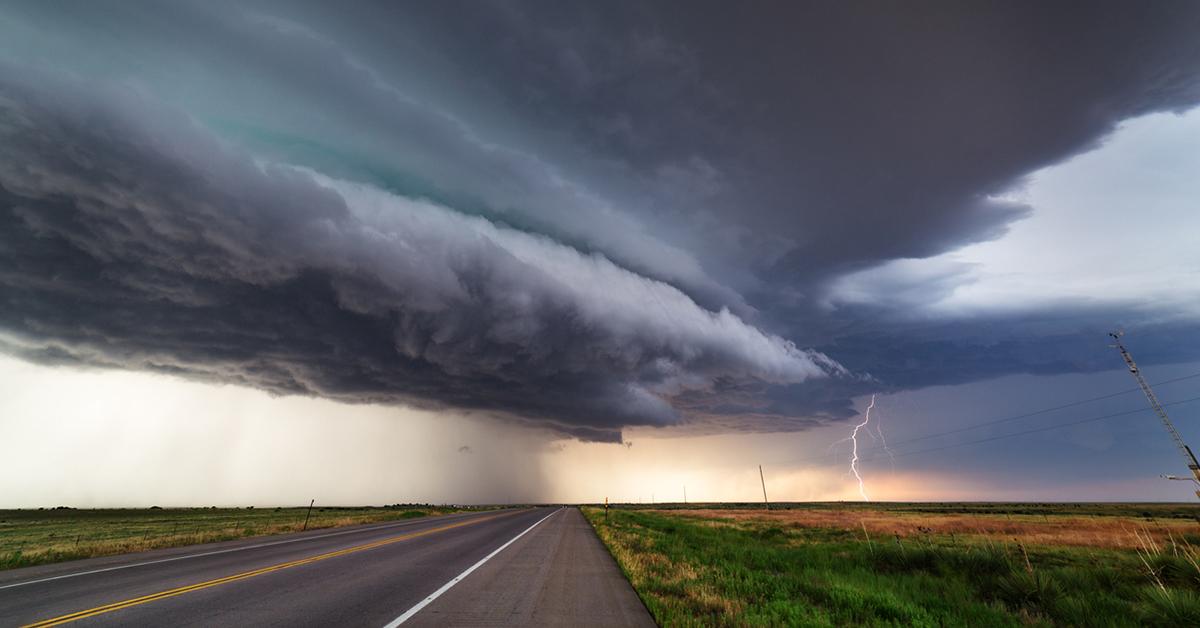
Wondering how hail happens? Science! Rathbun explained, “Inside a thunderstorm, there are water droplets that can survive in below-freezing conditions. These are known as supercooled water droplets.”
An updraft is a rising column of air present in thunderstorms. When the updraft traps water droplets at high speeds and high atmospheres, the water droplets inside hit into one another and freeze. This is how hail forms.
“When water droplets remain lofted inside a thunderstorm due to these updrafts, they can occasionally collide and freeze together, forming hailstones,” Rathbun continued.
What hail means:
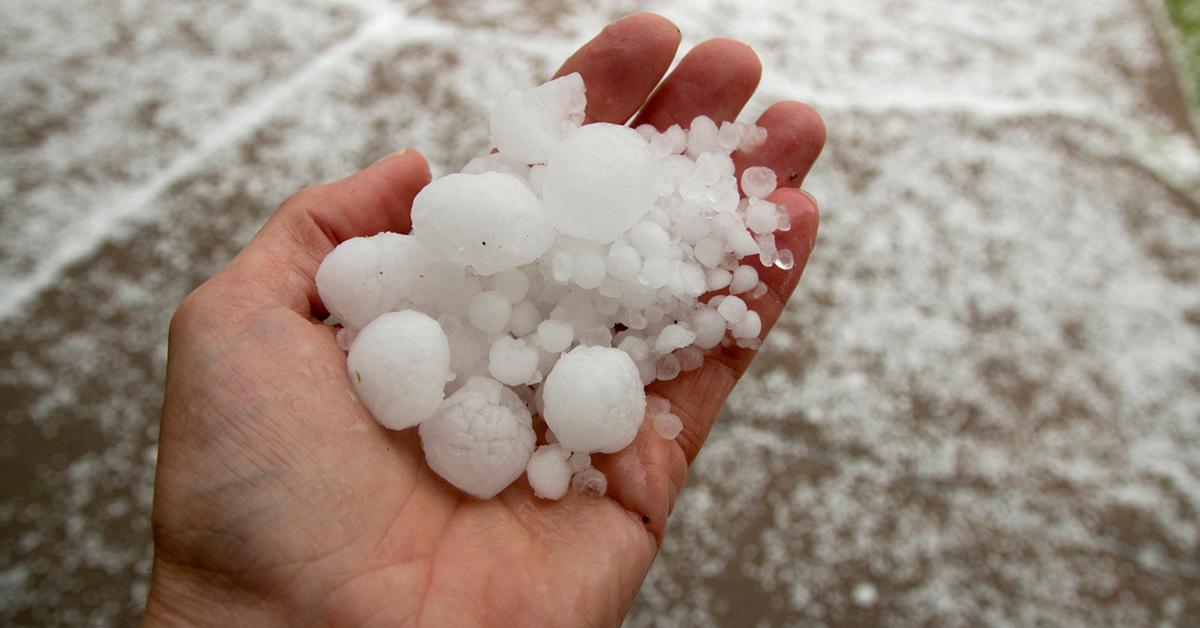
What is hail a sign of? Hail typically indicates severe weather, although by the time it will be hailing, the severe weather will likely already be underway; hailstones usually fall from the sky as part of a thunderstorm or even tornado.
According to Erie Insurance, gray clouds, rain, thunder, and/or lightning are signs of a possible hailstorm. Because hailstones can become very big and are hard, you will want to seek cover if you believe a hailstorm is coming.
Can hail damage a car?
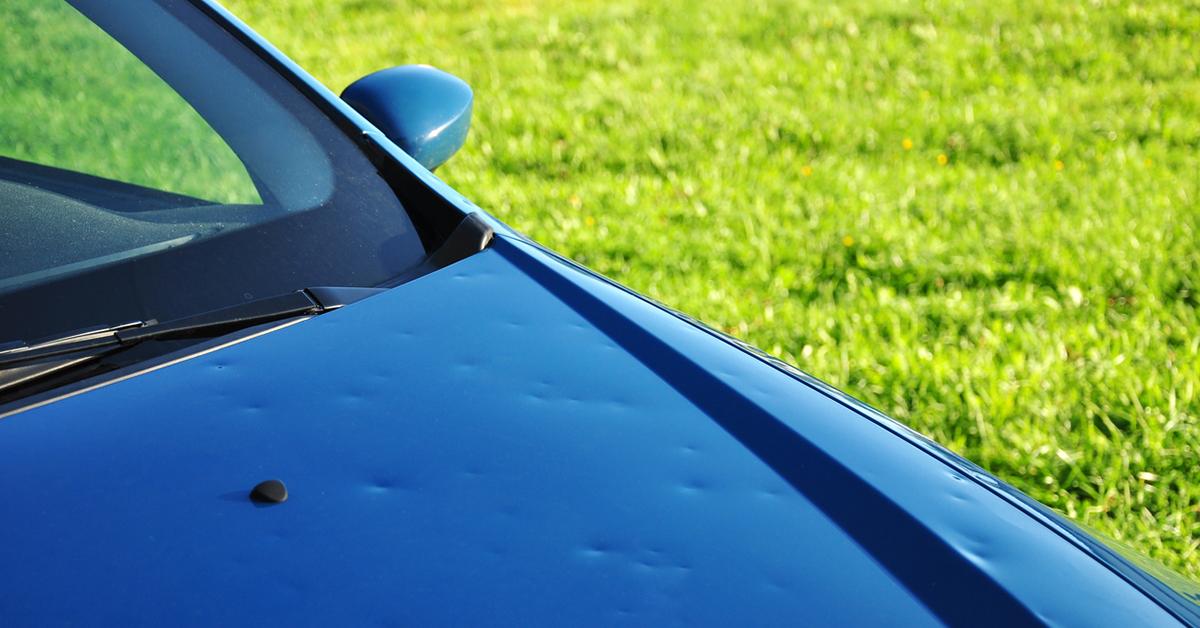
Large hailstones can damage a car; in fact, large hailstones can even total a car. Hail that is 1-inch in diameter is considered “severe,” and severe hailstones or storms can cause so much damage to a car that paying to fix the damage costs more than the car is worth.
But it isn’t just larger-scale hail that can cause damage to a car. Small hail that falls in large amounts can cause just as much damage, if not more.
In fact, hail drifts featuring tinier pieces of hail can clog drainage channels and form piles of hail. In the event that you are actively driving a car when this happens, the car’s tires may no longer reach the road. Instead of driving on the road, the car is now driving on the hail – a scenario that is extremely dangerous.
Can hail damage solar panels?
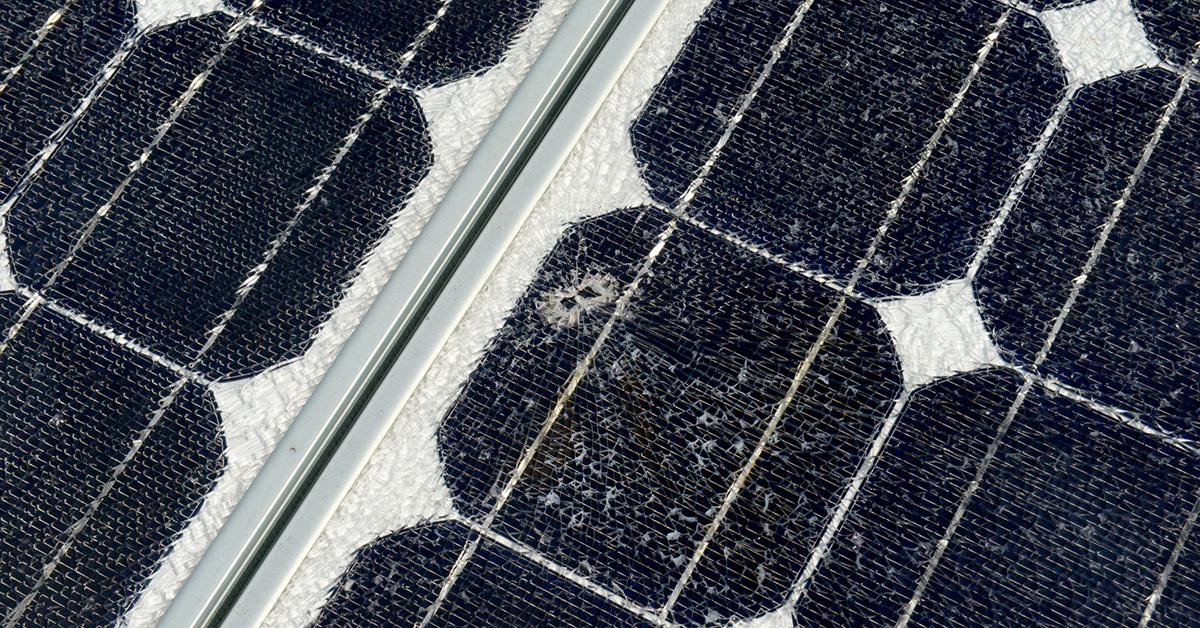
In theory, hail that is strong (or big enough) can cause damage to just about anything. That’s why it is important to have insurance and to take cover at the first threat of a hailstorm. But can hail damage solar panels? According to EnergySage, it’s highly unlikely. (Though not entirely impossible.)
EnergySage reported solar panel manufacturers specifically test their products’ stamina against hail. According to EnergySage, “As a whole, solar panels are durable and hold up very well in inclement weather.”
Most solar panels are tested and then certified to withstand a hail stone of up to 1-inch, falling at 50 miles per hour. Reports show that the most dangerous scenario for a solar panel is for it to be hit “simultaneously with several large hailstones in a very concentrated location.” Otherwise, solar panels are durable enough to withstand your average hailstorm.
Can hail break windows?

Hail can break windows in your home, on your car, and even your car’s windshield. Every hailstorm is different, but storms that reach speeds of up to 100 miles per hour are particularly dangerous when it comes to windows.
If we are talking about cars, the side and back windows break much easier than the windshield (although, a windshield crack by hail is also possible). But large pieces of hail can also break the windows in your home or on your door.